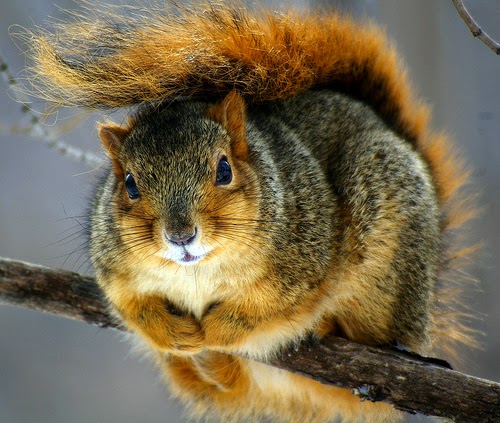Learn Everything, then forget it. Then design. james Victore
Last night I was headed for the door to take the livestock out and this guy was attached to my glass door- note the dog sitting and watching him as he slowly slides down the glass and I grab the phone! We got outside and the courtyard was crawling with snails- the perfect time to grab some butter and a garlic clove and open a French restaurant, eh? I'll apparently never go hungry living here.
Mister has a new skin condition at every meal. Fortunately it is cured with a little water, but it's a sad sad baby who doesn't always look his best.
While we are talking about TINY food~
Talk about impressive craftsmanship. In a stunning feat of virtuosity, the Chinese artist Ch’en Tsu-chang carved an astoundingly complex scene into a single olive pit in the year 1737. The tiny sculpture is complete with eight exquisite human figures enjoying a serene ride in the furnished interior of a boat with movable windows. To construct the piece, the artist, hailing from Kwangtung and having entered into the Imperial Bureau of Manufacture during the reign of emperor Yung-cheng, allowed his eye and hand to be guided by the natural shape of the olive pit.
From onion peels to kiwi seeds or even bits of chocolate, it seems any canvas is sufficient for Turkish artist Hasan Kale (previously) as long as it meets the requirement of being incredibly tiny. Kasan delights in the challenging of depicting landscapes of his native Istanbul in the most infinitesimal of brush strokes, a feat that requires the use of a magnifying glass to appreciate the details of each piece. While the longevity of the objects he selects to paint is questionable, the steadiness of his hand is impressive to witness.
This just in from Chris (many thank yous!)
Maybe you looked up to see a squirrel, chattering away while flicking its tail.
Both the vocalization and the tail flick are alarm signals produced by gray squirrels. It turns out they have a number of vocal and tail signals that have different meanings depending on how they are used.
Thaddeus McRae and Steven Green of the University of Miami looked at whether these different alarm signals were used by gray squirrels, either individually or in combination, in response to different kinds of threats
The kuk (heard in the example above) is short, sharp, broad-frequency sound. “Imagine a dog barking and then speed it up and shorten it down to squirrel-size,” says McRae.
The quaa is essentially a longer version of the kuk, but it can be varying lengths. Both kuks and quaas can be heard in the example below.
The moan, in contrast to kuks and quaas, is tonal, almost like a whistle.
UPDATE: Unfortunately it looks like I don't know how to transfer audio clips. I'll keep working on it, but take my word, it's squirrel sounds that sound like kuk and quaa. I don't think I'll spend a whole long time at it...you understand, eh? Thanks.











1 comment :
Glad you liked the squirrel sounds. Thanks for the shout-out and get well wishes. I think you might be the Google queen but I will have some time on my hands to see if I can find squirrels that you haven't already scouted.
Post a Comment